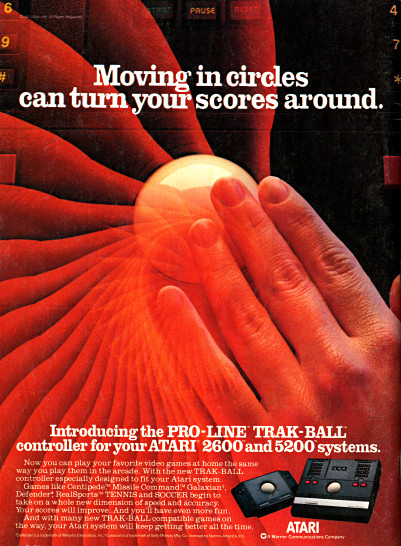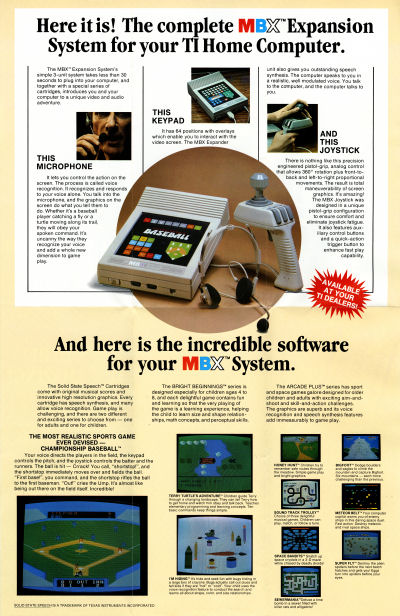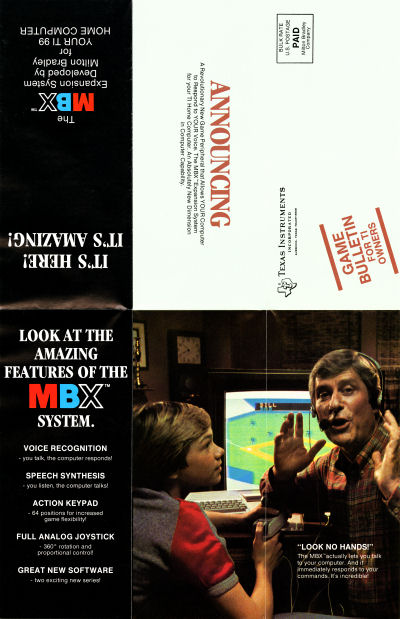[ Retro Scan ] The Atari Trak-Ball
Thursday, August 16th, 2018 A controller bigger than your head
A controller bigger than your head
The reports of Retro Scan’s death are greatly exaggerated.
I just emerged from the other side of a huge house move that taxed my body and soul. Moving my huge collection was very difficult, and now dealing with where to put it all keeps that stress going. I feel behind on lots of things, but it’s time to catch up. One of the best ways to do that is with a new Retro Scan. So here we go — let’s talk trackballs.
As far as I know, the first arcade video games to use a trackball were Midway’s Shuffleboard and Atari Football, both from 1978. As to which came first, I have no idea at the moment.
Atari really ran with the trackball (they called it a “Trak-Ball”) and produced several mega arcade hits that used the interface, including Missile Command and Centipede. It only makes sense that they would bring the tech home to their Atari 8-bit computer line — and the Atari 5200, as seen here — in the form of the Pro-Line Trak-Ball controller.
(An aside: Despite the ad saying the Trak-Ball controller works for the Atari 2600, I know of no vintage 2600 games that support trackball mode natively. There is a joystick mode switch on the bottom of the controller, however, that lets you use it with any game.)
Of course, the 5200 version of the Trak-Ball controller is legendarily huge. It’s almost as big as the (already big) console itself. But I’ve heard good things about it, despite never having used one. I do have the smaller CX22 Trak-Ball controller and I enjoy games of Missile Command on my Atari 800XL with it from time to time, although it is criminally under-supported (in Trak-Ball mode) by games on that platform.
So how about you guys: Have you ever used the Atari 5200 Trak-Ball? What did you think about it?
Discussion Topic: Have you ever used a trackball with any game console? Tell us about it.



 In October 2008, I created a slideshow to celebrate the
In October 2008, I created a slideshow to celebrate the  Conducting original interviews for a web slideshow was very unusual in 2008 — heck, it’s unusual today. But sometimes you need to go to the source to get some facts straight, and that’s what I was doing, as you’ll see below.
Conducting original interviews for a web slideshow was very unusual in 2008 — heck, it’s unusual today. But sometimes you need to go to the source to get some facts straight, and that’s what I was doing, as you’ll see below.










